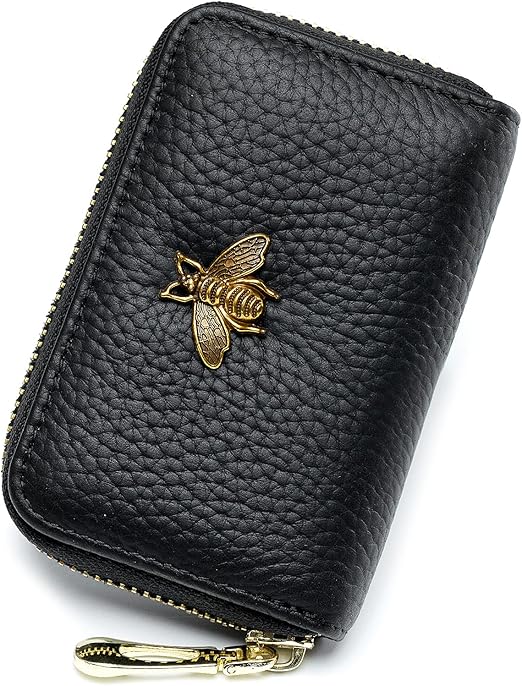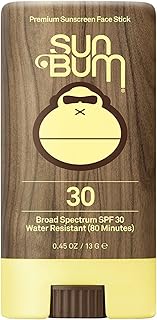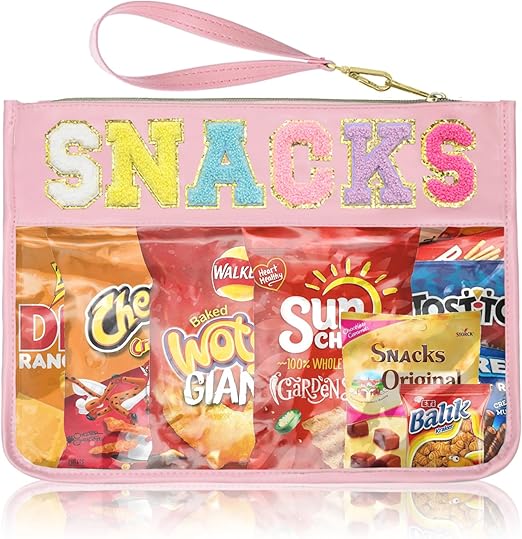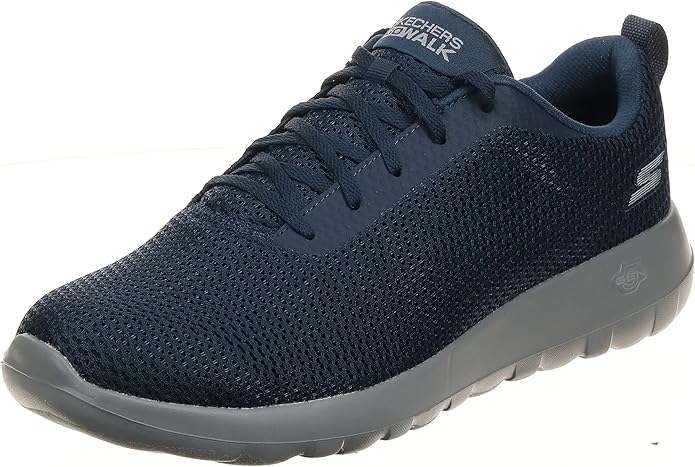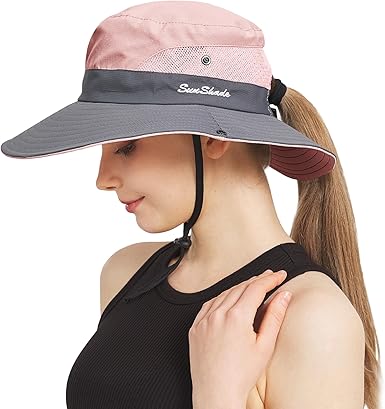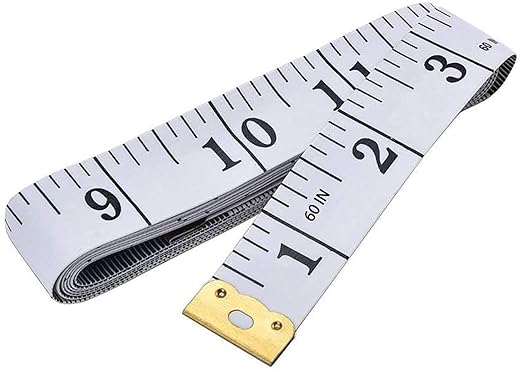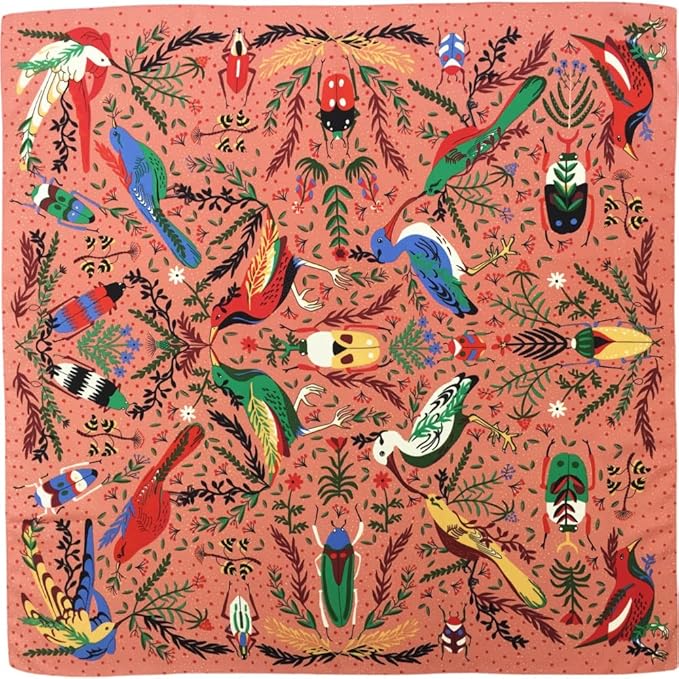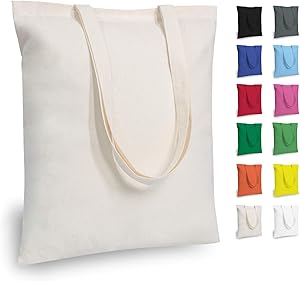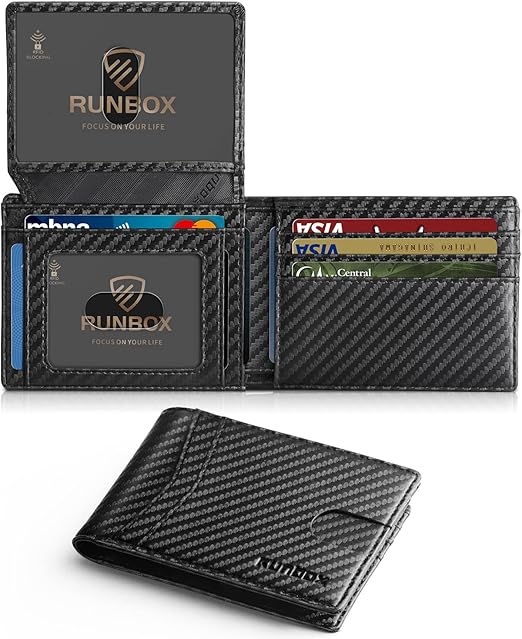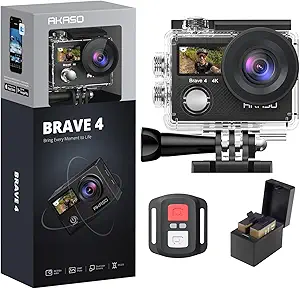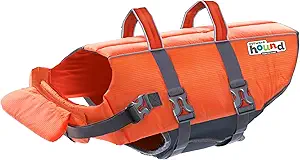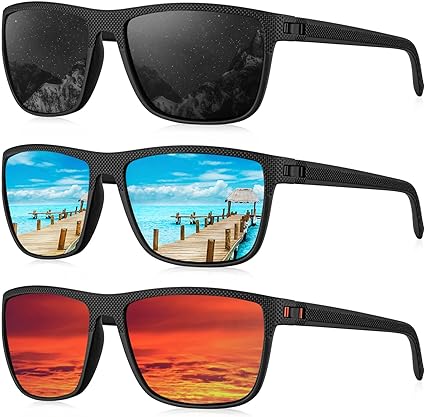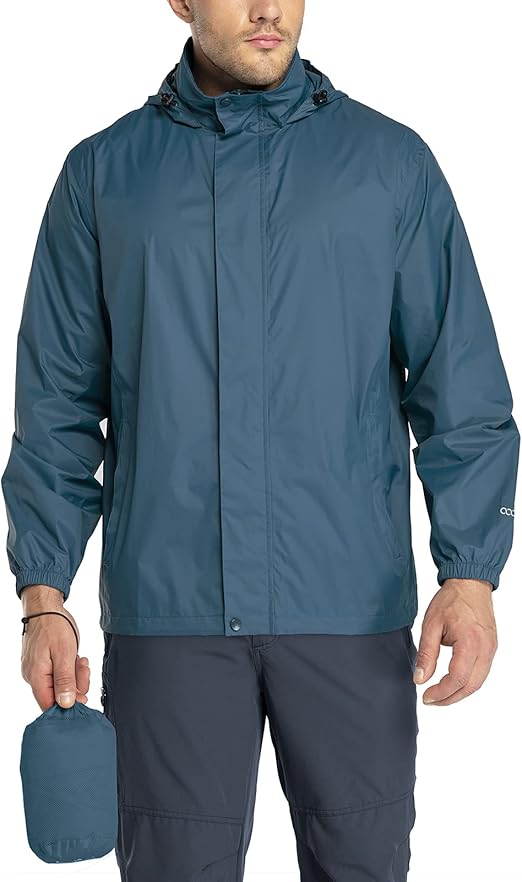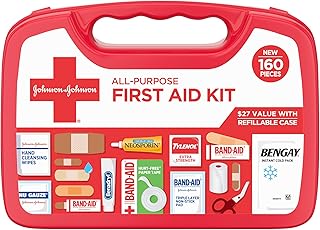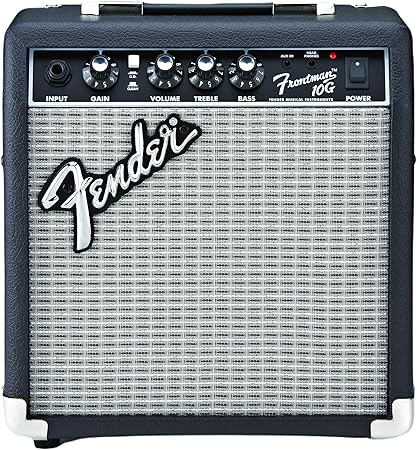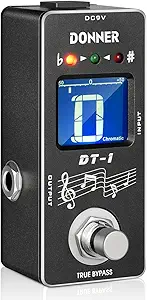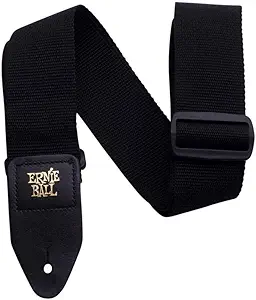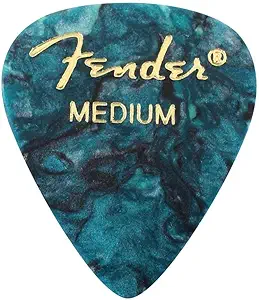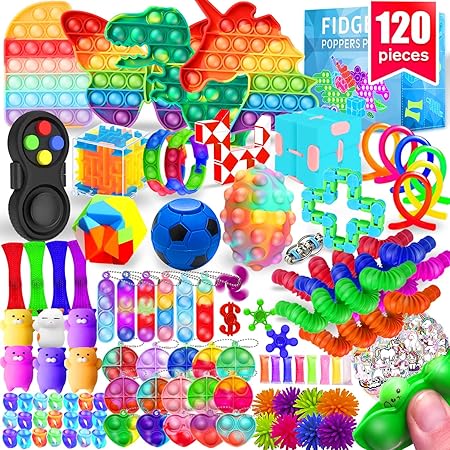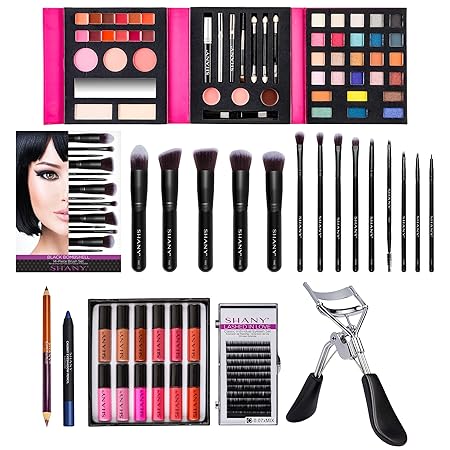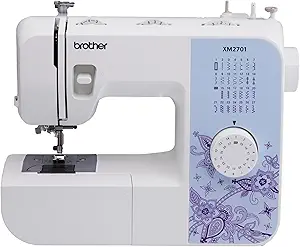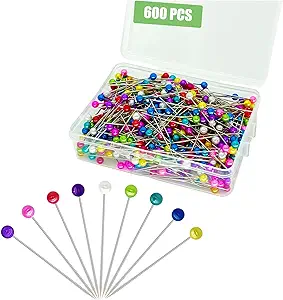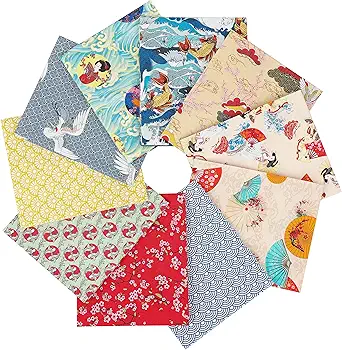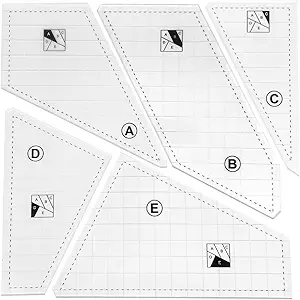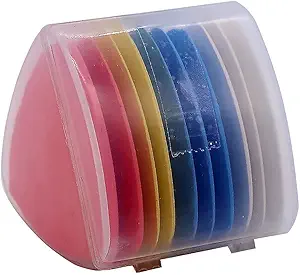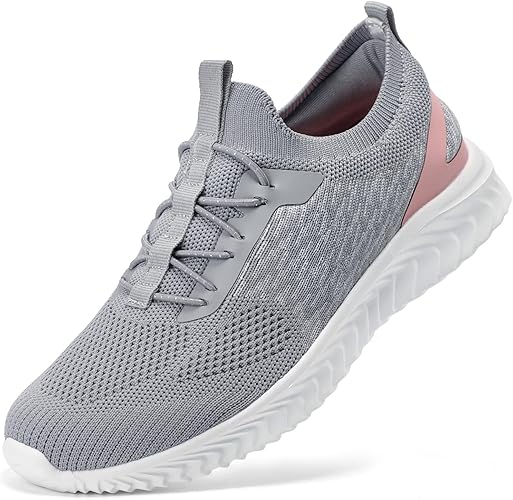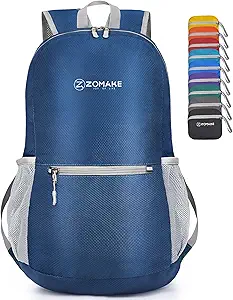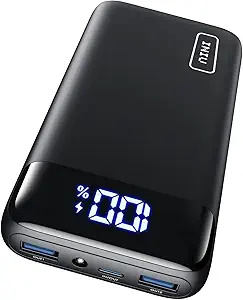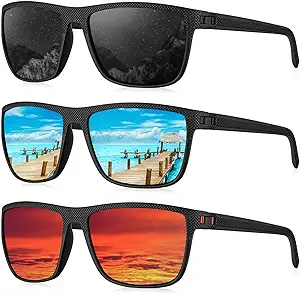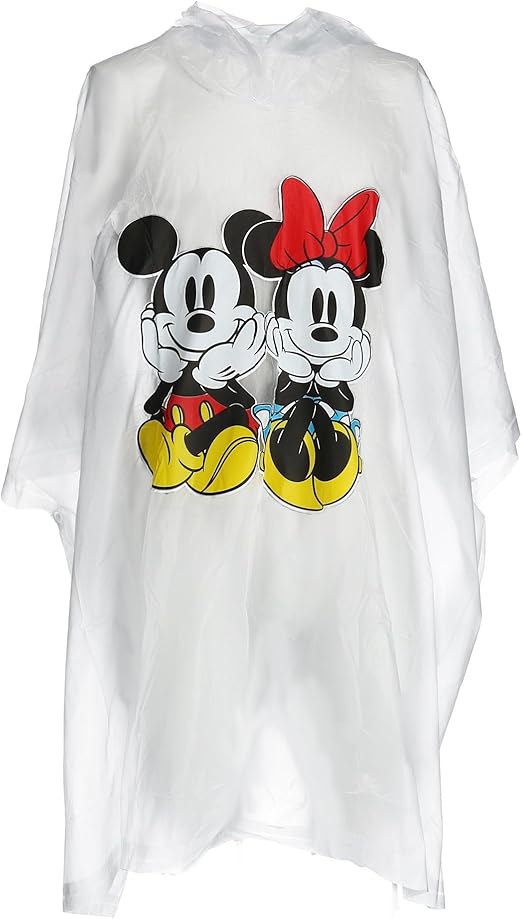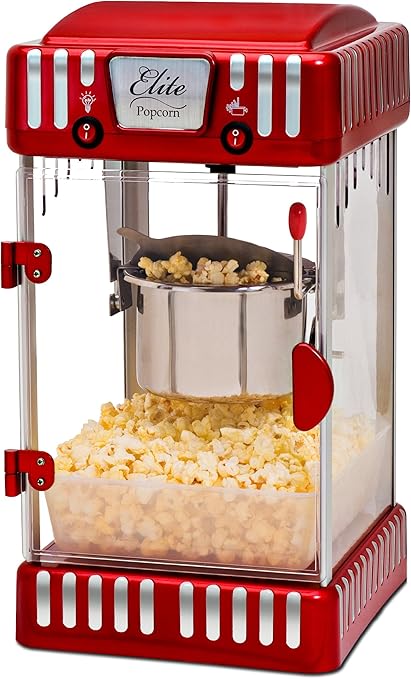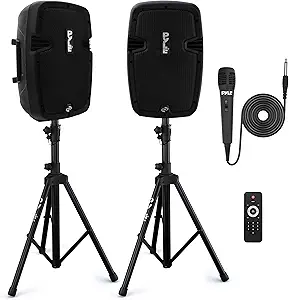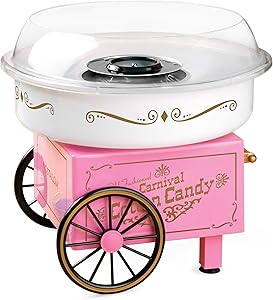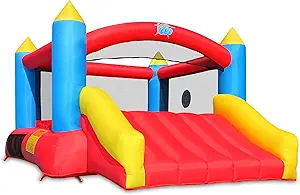Hiking & Outdoor Trip Packing: Gear Checklist You Can Trust
When adventure calls, the last thing you want is to realize you’ve forgotten a crucial piece of gear halfway up a trail. Whether you’re planning a short weekend hike, a national park expedition, or a multi-day backpacking trip, having a trusted packing list ensures safety, comfort, and pure outdoor enjoyment.
In this ultimate guide, we’ll cover everything you need to pack for hiking and outdoor trips in 2025, explore new gear trends, offer pro packing hacks, and answer the most common hiking FAQs — so you’re ready for any adventure.
🏞️ Why a Good Packing Checklist Matters
Packing smart isn’t just about saving space — it’s about staying prepared. Weather changes, terrain challenges, and unexpected situations can make or break your trip.
A well-curated checklist ensures you:
-
Stay safe and hydrated.
-
Travel lighter but smarter.
-
Keep your gear organized and protected.
-
Enjoy your adventure stress-free.
🎒 The Ultimate Hiking & Outdoor Gear Checklist
Here’s your complete hiking checklist broken into key categories — from essentials to tech tools and eco-friendly options.
🧭 1. Hiking Essentials
Every outdoor enthusiast should start with these core items:
-
Backpack: Choose a durable, waterproof, and ergonomic pack (Osprey, Gregory, or Deuter brands lead in 2025).
-
Navigation tools: GPS device, trail map, or compass (yes, a physical one!).
-
Hydration: Reusable water bottles or a hydration bladder (CamelBak, LifeStraw Go).
-
Food & snacks: Energy bars, nuts, jerky, or freeze-dried meals.
-
Sun protection: SPF 50 sunscreen, sunglasses, and a wide-brimmed hat.
🏕️ 2. Clothing & Layering
Weather shifts quickly outdoors — pack smart layers.
-
Base layer: Moisture-wicking shirts and leggings (avoid cotton).
-
Insulation: Fleece jacket or puffer (down alternatives are trending).
-
Shell layer: Lightweight waterproof jacket.
-
Socks: Merino wool socks prevent blisters and regulate temperature.
-
Footwear: Trail runners for light hikes, waterproof boots for rugged terrain.
🧥 Pro Tip: Always pack an extra pair of socks and a compact rain jacket — even in dry regions.
🔦 3. Survival & Safety Gear
Safety first — especially for backcountry hikes.
-
First aid kit: Include blister patches, pain relief, antiseptic wipes, and bandages.
-
Headlamp or flashlight: With extra batteries.
-
Multi-tool or knife: Swiss Army or Leatherman are classics.
-
Fire-starting kit: Waterproof matches or lighter.
-
Emergency blanket: Lightweight and heat-reflective.
-
Whistle & signal mirror: For attracting attention in emergencies.
🍳 4. Cooking & Camp Setup
For overnight hikes or multi-day adventures:
-
Portable stove: Jetboil, MSR, or BioLite.
-
Fuel canisters: Match with your stove brand.
-
Cookware: Lightweight titanium pots, spork, and collapsible cup.
-
Food storage: Bear-proof canisters or dry sacks.
-
Eco dish soap & towel: Go biodegradable.
🔥 Pro Tip: Pre-measure meal portions in reusable silicone bags to save time and space.
🏕️ 5. Sleeping Gear
For campers and backpackers:
-
Tent: 3-season, ultralight, and weather-resistant.
-
Sleeping bag: Choose by temperature rating (down for cold, synthetic for damp).
-
Sleeping pad: Adds insulation and comfort.
-
Pillow: Inflatable or compressible.
🔋 6. Tech Tools & Smart Gear (2025 Trends)
Hiking tech has evolved — here’s what’s trending this year:
-
Solar chargers & power banks: Keep devices running off-grid.
-
Smartwatches: GPS tracking, altitude data, and emergency SOS (Garmin Instinct 3, Apple Watch Ultra 2).
-
Compact drones: For breathtaking landscape shots.
-
Portable WiFi hotspots: For digital nomads on nature breaks.
🌿 7. Eco-Friendly & Sustainable Gear
Sustainability is big in 2025 outdoor culture. Choose gear that helps the planet:
-
Reusable silicone food bags & utensils.
-
Recycled fabric backpacks.
-
Solar-powered lanterns.
-
Biodegradable wipes & soaps.
♻️ Eco Tip: Choose refillable fuel options and avoid single-use plastics when possible.
🧳 Comparison: Day Hiking vs Multi-Day Trekking Gear
| Item Type | Day Hike | Multi-Day Trek |
|---|---|---|
| Backpack Size | 20–30L | 50–70L |
| Food | Light snacks | Full meal prep & cooking gear |
| Shelter | None | Tent or tarp |
| Clothing | 1 outfit + jacket | Layered system + spares |
| Water Storage | 1–2L | 3L bladder + filter |
| Sleep Gear | Not needed | Sleeping bag + pad |
| Electronics | Phone + power bank | GPS, solar charger, camera |
💡 Rule of Thumb: For every night you camp, add 3–5 lbs to your pack (mostly food, water, and sleep gear).
📍 Trending Hiking Destinations in the U.S. (2025)
If you’re planning where to use your new gear — here are this year’s trending hiking destinations:
-
Zion National Park, Utah – Perfect for stunning canyons and desert trails.
-
Glacier National Park, Montana – Ideal for adventure photographers.
-
Blue Ridge Mountains, North Carolina – Great for fall colors and solitude.
-
Sedona, Arizona – Known for spiritual energy and red-rock beauty.
-
Olympic National Park, Washington – Rainforest meets ocean.
🧭 Pro Tip: Check park conditions and permits ahead of time — many popular trails now require reservations.
🧠 Pro Packing Tips for Hikers
-
Pack heavy items near your spine for better balance.
-
Use dry sacks to separate clothing from food and electronics.
-
Roll, don’t fold — saves space and reduces wrinkles.
-
Pack by frequency of use: Keep essentials at the top (map, snacks, water).
-
Weigh your pack: Keep it under 20% of your body weight for long hikes.
📋 Quick Hiking Packing Checklist
✅ Backpack
✅ Map & GPS
✅ Water bottle/hydration pack
✅ Snacks & meals
✅ Multi-tool
✅ First aid kit
✅ Rain jacket
✅ Extra socks
✅ Headlamp
✅ Tent & sleeping gear
✅ Cooking stove & fuel
✅ Toiletries & wipes
✅ Trash bags (Leave No Trace!)
✅ Sunscreen & sunglasses
❓FAQs: Hiking & Outdoor Packing
Q1. What should I never forget when going hiking?
Always bring water, navigation tools, a first aid kit, a flashlight, and weather-appropriate clothing. These are your survival basics.
Q2. How do I pack light but still bring essentials?
Opt for multi-use items (like a spork or convertible jacket), and decant toiletries into travel-sized containers.
Q3. What’s the best backpack size for hiking?
For day hikes: 20–30L. For multi-day hikes: 50–70L, depending on food and gear volume.
Q4. Is it safe to hike alone?
Yes, with preparation. Share your route, check weather reports, and bring a GPS or emergency beacon.
Q5. How can I hike sustainably?
Use refillable water bottles, stick to marked trails, and pack out everything you bring in.
🏕️ Final Thoughts
Hiking is freedom — but it’s also about preparation and respect for nature. With the right gear, you’re not just packing for a trip — you’re packing for confidence, safety, and discovery.
As you plan your next adventure, use this checklist, embrace sustainable gear, and explore responsibly. Whether it’s a weekend escape or a backcountry trek, you’re now ready to hike smarter, lighter, and greener.
✨ Pack smart. Explore hard. Leave only footprints.
